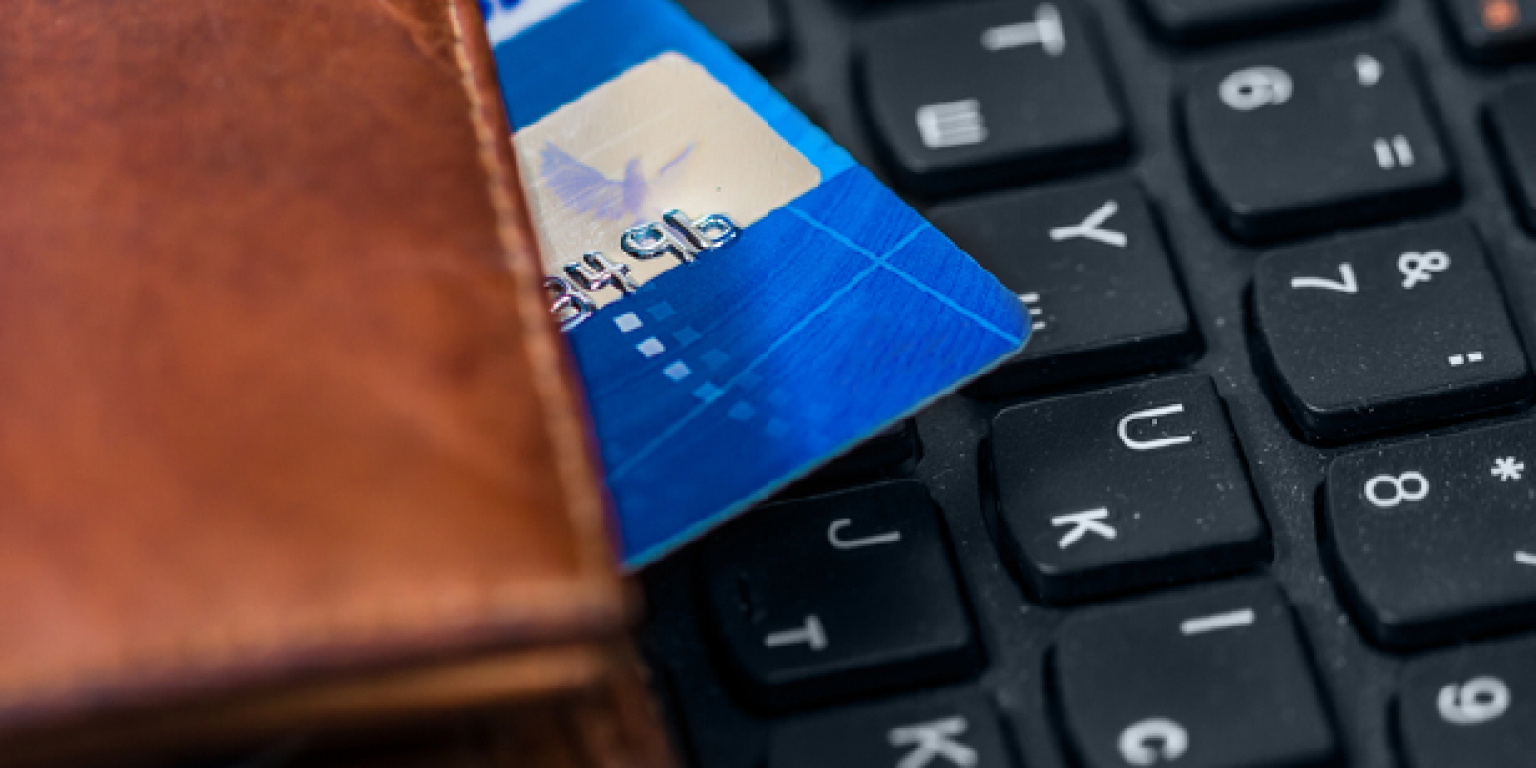We recently wrote a guest blog post on conversion rates for Volusion, an all-in-one ecommerce website solution. The post was such a hit that we wanted to give our readers an opportunity to read it. Here’s a sample:
Chargebacks can be a serious disturbance to any business. Not only is your payment processor going to debit your account right away, but your business also gets charged an additional chargeback fee.
In 2016, payment processing company Bambora, formally Beanstream, processed nearly a million dollars in chargebacks. While merchants should always be stay informed about chargebacks, there is also a seasonality to them.
- ex) Merchants can expect to see an increase in chargebacks during January and February, after the holiday season.
It can be easy to point the finger at the payment processor when they have to debit your account, but it is important to remember the chargeback is still being raised by the customer. The good news? You and your payment provider can be proactive in stopping them.
Let’s start with the basics. What is a chargeback?
The chargeback process begins when a customer files a complaint with their card issuing bank regarding a fraudulent or suspicious charge on their statement.
There are many different types of chargebacks, but the four most common are fraudulent, credit not processed, item not received, and technical.
- Fraudulent. The customer believes that someone else used their card to charge the transaction in question.
- Credit not processed. The customer returned the product(s) they ordered and never received the agreed upon refund or credit.
- Item not received. The customer never received the product(s) they ordered.
- Technical. There was a technical issue during checkout. For example, the customer was charged twice for a single purchase.
As the merchant, if you decide to dispute the chargeback, it can take anywhere between six weeks to six months for resolution. This is a significant and unproductive use of your business resources. Further, if you receive a lot of chargebacks, your account can be canceled and flagged as fraudulent.
The average chargeback rate fluctuates based on industry and can be vastly different within each industry as well. Some businesses have to be more proactive at combatting chargebacks than others.
- Chargeback rates are often higher with businesses that are collecting payment in advance of the product or service being received, or when the payment is being collected online.
- It can be product-specific as well. High demand items with higher price points are often targeted by fraudsters which can lead to higher number of chargebacks.
- Services, such as restaurants, where payments are made upon delivery of goods, tend to have a much lower chargeback rate.
Want to find out strategies to help combat chargebacks? Check out the full post on Volusion.







